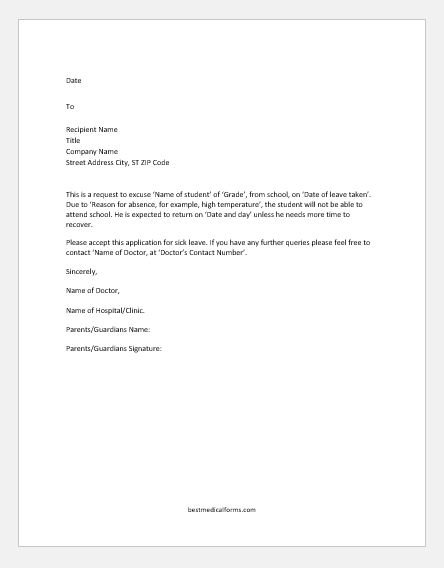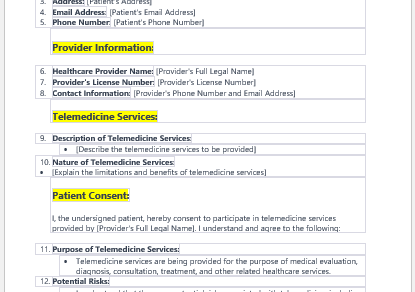Imagine someone you love is dying of suffering, and you can’t do anything about it. Cancer that is not diagnosed and treated in time leads to the same situation. Breast cancer is one of the most common types of cancer worldwide and the most common in women. For years, an uncountable number of patients have been diagnosed with breast cancer and many die out of it.
What is breast cancer?
An uncontrolled division of breast cells starts the progression of breast cancer. It can start in any part of the breast and then start its journey to its surroundings. With the help of local and then distant lymphatic and blood vessels, it spreads to other organs of the body, leading to a severe decline in quality of life and eventually death. Signs and symptoms of breast cancer are swelling of the skin, dimpling of the skin, discharge, and nipple retraction. Early signs of breast cancer must be picked out so that the disease can be treated in time.
Breast Self-Examination
Doctors have concluded that breast cancer can be detected well in time by regular self-examination. Especially after the 30s and for those women with a family history of breast cancer, regular self-examination is highly recommended, and it is advised to see the doctor immediately after finding any positive signs of cancer.

Examination Sheet File: 37 KB
Method of breast self-examination
There is a set of steps that need to be followed and taken care of while taking self-examination. If a female can understand these simple steps, she can examine her home.
- Breast self-examination must be performed monthly and easily performed anywhere while showering, lying down, and in front of the mirror. You just need to know the basic steps and points.
- While performing the examination, you must look for any unusual changes that you feel and come to your doctor the following day. Your doctor will perform his examination and advise you accordingly.
- You should look for any hard lump in the breast, any changes in the nipple and surrounding area, nipple retraction, or the appearance of orange peel-type skin.
- Also, notice if you find any abnormal discharge from the nipples or any other changes that you feel from the previous examination.
Breast self-examination chart
The main purpose of this chart is to keep track of and notice any change immediately, not just rely on human memory.
- Write down the date and time of the first examination you do on yourself and mention all the details of it. Note down anything that feels unusual or abnormal. If everything looks fine, you must mention it.
- Similarly, do the self-examination every month and fill out the form accordingly.
- You have to do this drill every month and note it down every month.
- If you notice any change, mention it with details in comparison with the previous observation, and take your notes to the doctor. She will be better able to assess your condition and give you proper advice on the present situation.
- Mental Health Evaluation Forms
- Forms Used by Pediatricians
- Various Forms Related to Pregnancy Verification
- Common Forms Used by ENT Specialists
- Pain Diary Worksheet Template
- Forms Commonly Used by Old Age Homes
- Medical Treatment Consent Form
- Home Exercise Program Worksheet
- Forms Used for Mental Health Assessment
- Forms Used by Psychologists
- Medical Forms Commonly Used by/for Students
- Assessment Consent Form
- Forms Used by an Anesthesiologist
- Not Fit to Fly Certificate Template
- Home Visit Consent Form for Schools
- Important Forms Commonly Used by Pharmacies
- Important Forms Commonly Used by Dentists
- Forms used in Disease Testing or Diagnostic Laboratories


